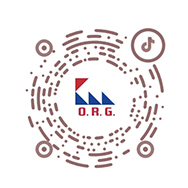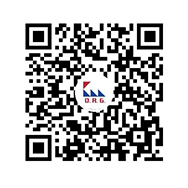In recent years, driven by innovative technologies, China has continuously achieved innovative breakthroughs in areas such as high-speed rail, 5G, artificial intelligence, and clean energy. According to the “2022 Global Innovation Index” released by the World Intellectual Property Organization, China’s ranking rose from 12th in 2021 to 11th in the world, steadily increasing for 10 consecutive years. China has taken the lead in promoting technological innovation and application in the world.
In the field of canned food related to the dining table of ordinary people, technological innovation in canned food production, represented by coated iron, has gradually become the first choice for canned food packaging, and has also promoted the comprehensive entry of canned food with higher technological content and better safety into the market. Film coated iron is a composite material that combines the dual properties of polymer materials and metal materials by fusing or gluing a layer of polymer film onto the surface of tin or chromium plated steel sheets. A composite material made from the surface of tin or chromium plated steel sheets that combines the dual properties of polymer and metal materials. Compared to traditional tinplate packaging materials, coated iron has the advantages of producing green and environmentally friendly products, free of harmful substances such as bisphenol A and melamine, and good processing resistance, corrosion resistance, and barrier resistance. It perfectly fits the development trend and requirements of the future packaging industry of “intelligence, green, transformation, and innovation”.
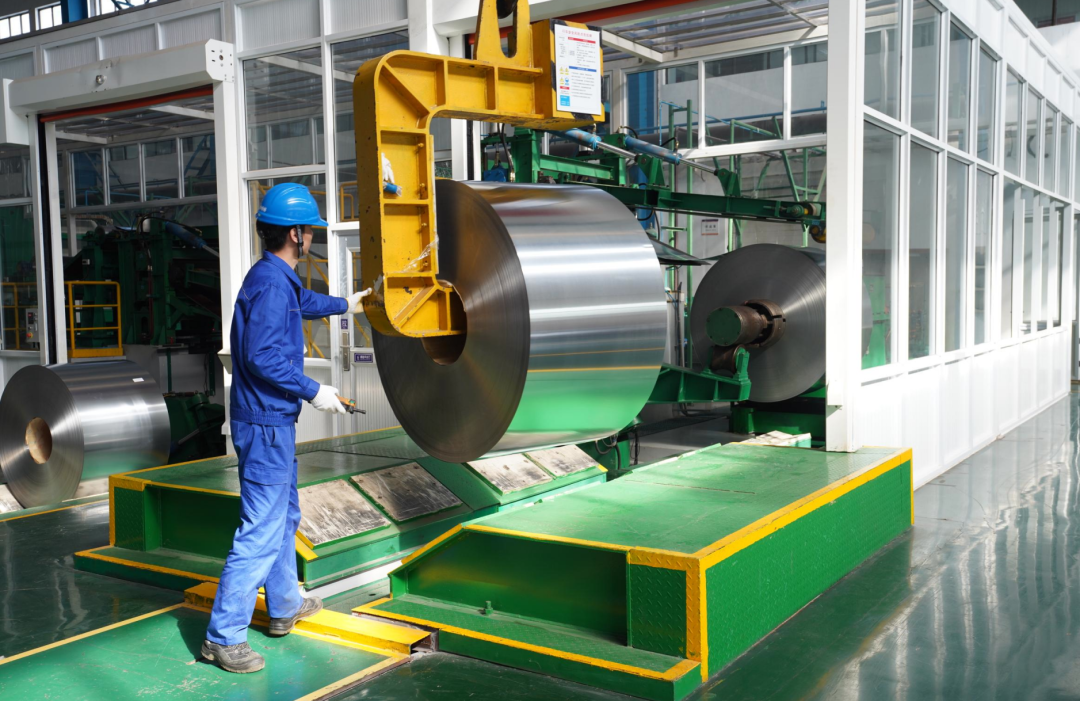
ORG, a listed company in the field of metal packaging, is the largest investment company in the field of coated iron projects in China, and is also the main force driving the gradual popularization of this technology in China. ORG began researching and establishing projects in 2007 until a small trial in 2012, and then entered a stable development stage from batch production in 2014 and 2016. In ten years, it has created high-quality coated iron. By the end of 2021, ORG’s cumulative production of coated iron exceeded 50000 tons. Under the leadership of ORG, the coated iron technology, which combines many advantages such as safety, environmental protection, and aesthetics, has achieved a breakthrough in China from scratch.
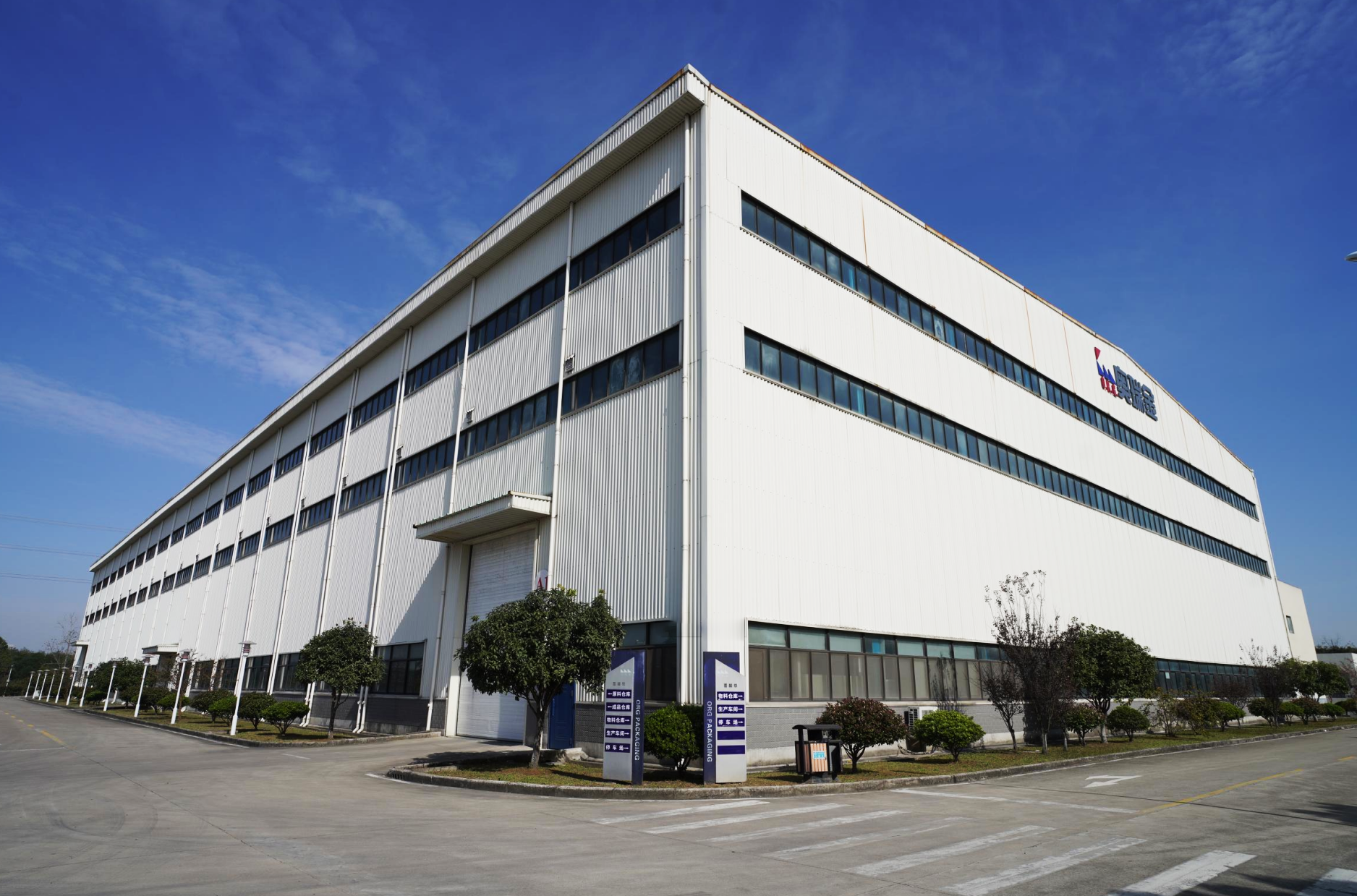
Chinese Can Also Do It.
Zhang Wencan, the former leader of the canning and corrosion prevention testing research team of the China Food Fermentation Industry Research Institute, is a leader in promoting the research, development and production of coated iron in China. According to Zhang, “In the 1970s, the export of canned food was a relatively important task for China. At that time, the adhesion between domestic coating films and metal sheets was generally only 30 to 40 kilograms per square centimeter. Therefore, finding ways to improve the adhesion became an important task to ensure product safety.” After conducting an extensive international search on this issue, Professor T. E. Mullen of Northwestern University in the United States presented a paper entitled “Research on Adhesion between Metals and Thin Films”, which enabled domestic researchers to understand that under the conditions of printing and coating film formation, selecting suitable and qualified solvents and treating the surface, appropriately extending the wetting time of the coating, can improve the adhesion between known coatings and metals.
Zhang Wencan said: “The diffusion of top technology to all relevant industries is inevitable due to technological progress. At that time, the research and development of coated iron in European countries such as the United Kingdom had been successful worldwide, but the request for our learning and exchange was declined politely. In Asia, Japan’s Toyo Canning Corporation first developed this technology, which is strictly confidential and does not disclose any information to Chinese visitors who have traveled to Japan for exchange.” In such a context, as a domestic technical leader, Zhang Wencan called for: China should explore and establish its own coated iron production line.
However, under the pressure of limited conditions, dispersed talent, and uncontrollable risks, the path of research and development of coated iron in China is very difficult. According to Zhang Wencan, in the process of promoting the value and significance of research and development of coated iron, only Zhou Yunjie, Chairman of ORG, determined to organize human resources to start independent research and development, and gradually raised funds to start experiments. He gradually started from a complete layman, established various experimental conditions, and gradually made products with better and better quality. Regarding the success of domestic enterprises in independently developing coated iron products, Mr. Zhang expressed deep emotion: “Looking back on the time when I was in Shanghai, Mr. Yunjie showed me this first product, I was very pleased, touched, and excited I said to Chairman Zhou Yunjie, you have the ambition and are scientific. Under the tight blockade of others, you have made the first qualified coated iron pot, which has won the morale of the Chinese people. Other people can do it, and we Chinese people can do it. In fact, we have also done it.”
Technological innovation leads industry development
Returning to industry can better reflect the value of technological innovation. In the context of the current rapidly changing food production technology, the canned food industry is also undergoing continuous transformation and upgrading under the leadership of technological innovation. Liu Youqian, chairman of the China Canning Industry Association, said in an interview: "The key to the sustainable and stable development of the industry lies in innovation. In recent years, automated production lines for canned fruits, such as yellow peaches and citrus, have become increasingly mature in the industry, speeding up processing processes, and continuously improving efficiency. Tinplate ultra-thin can manufacturing technology effectively saves the cost of canning materials, reducing resource and energy consumption. The successful development of new coated iron materials has filled the domestic gap and become the first choice for canned food packaging. These are all in recent years “A model of technological innovation in the industry.”
Regarding the packaging industry at the upstream of the industry, Liu Youqian judged that “the earliest packaging material for canned food is metal material, and metal packaging occupies an important position in the current canned industry. In the future, it will still occupy a significant proportion of the market share under the requirements of food safety and green development. In the future, to make coated iron recognized by consumers, on the one hand, it needs the efforts of industry advantageous enterprises such as ORG, and on the other hand, it also needs the joint support of the entire industry.”
Within ORG, it is also recognized that the impact of insufficient depth of industrial chain collaboration, relatively low output, and the need for investment in application end equipment transformation have resulted in the higher cost of coated iron compared to coated iron. At the present stage, ORG is maximizing the advantages of coated iron through the development and application of differentiated products. Products such as bowl and can series, beer can tops, and fruit DRD cans continue to face the market and attract attention, hoping to pool the strength of the entire industry to jointly address challenges.

In addition, the ORG project team is also continuously collecting data and accumulating experience to promote the continuous optimization of coated iron. Since the establishment of the project, ORG has always focused on the terminal application of coated iron, and is committed to providing safer and more environmentally friendly metal packaging materials and application technologies to the metal packaging industry, food and beverage manufacturers, and consumers in China. ORG people believe that with the continuous adjustment of national and local policies such as energy conservation, emission reduction, and food hygiene requirements, coated iron will definitely lead the upgrading of the metal packaging industry in packaging materials, packaging machinery, and other aspects.
Coated iron with a bright future
With the proposal of the national “3060” dual carbon goal, the concept of low carbon, environmental protection, energy conservation and consumption reduction has taken root in people’s minds, and sustainability has become an important theme of packaging innovation. An industry expert said, “Developing a metal packaging circular economy is an effective means for China to cope with the pressure of economic transformation, tap the recycling potential of metal packaging, create a new driving force for economic development, and stimulate social vitality. Recycling of metal packaging can not only reduce environmental governance costs, but also create value. In Europe, the use of scrap steel can reduce climate change costs by 20 billion euros per year, and the total value of 46.7 billion aluminum cans recycled in the United States in 2020 is close to $700 million. The metal packaging recycling market in China still has room for development, and will definitely become a new driving force for economic development in the future.” Specifically, in the process of recycling and regeneration, coated iron does not form waste, but undergoes a value conversion. From the perspective of recycling and even environmental protection, it undoubtedly has great advantages in the present and future.
In addition, in the face of the market, the popularity of prefabricated vegetables undoubtedly opens up imagination for the future of coated iron. As a leading manufacturer of coated iron products for food packaging, ORG, which fills the domestic gap in coated iron, also leads the industry in terms of coated iron products. It is currently one of the few coated iron manufacturing enterprises applicable to food packaging in China. In addition, relying on its inherent advantages in the food business, ORG has worked together from both packaging and content. On the one hand, ORG has developed a series of ORG bowls made of coated iron materials as prefabricated vegetable packaging, which can not only solve the problem of poor air permeability and oxygen permeability of plastic bags and boxes that affect the flavor, but also solve the problem of transportation damage of soft packaging products. On the other hand, Origen puts traditional Chinese cuisine into Origen bowls, such as braised pork balls in brown sauce, braised chicken in yellow sauce, curry beef, and taro braised meat. ORG Feast Series products can be eaten immediately after being slightly heated, which is both convenient and delicious.
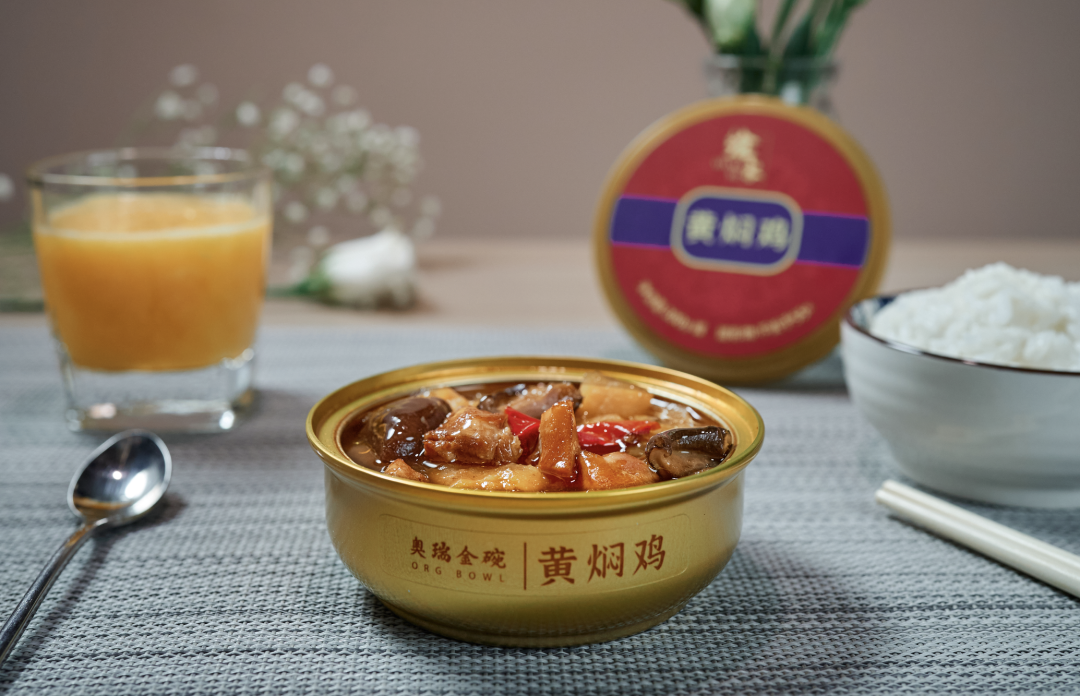
The new situation and new stage naturally put forward new requirements for enterprises. Zhang Wencan, who witnessed the entire development history of coated iron in China, said; “I hope ORG will continue to work hard, assess the situation, expand its scale, and establish a more complete testing system to enable its products to perform better under various harsh conditions. I also hope that the experts of ORG are not satisfied with their current achievements, and they can conduct more in-depth study, research, and understanding of the relatively new science of surface science, so as to make the film covering technology more refined and widely used, making it more beautiful.”
Source: Huanqiu Network



